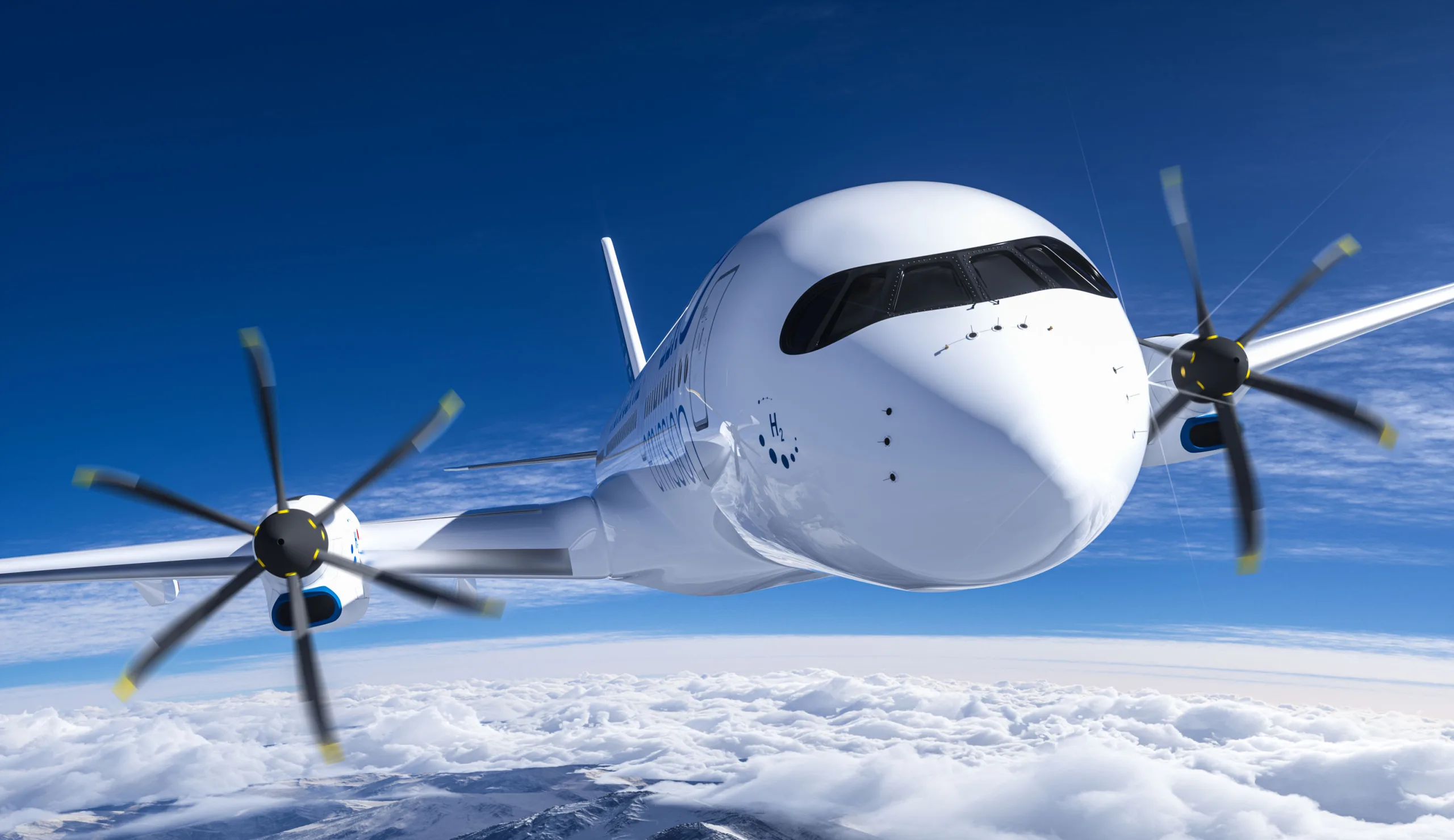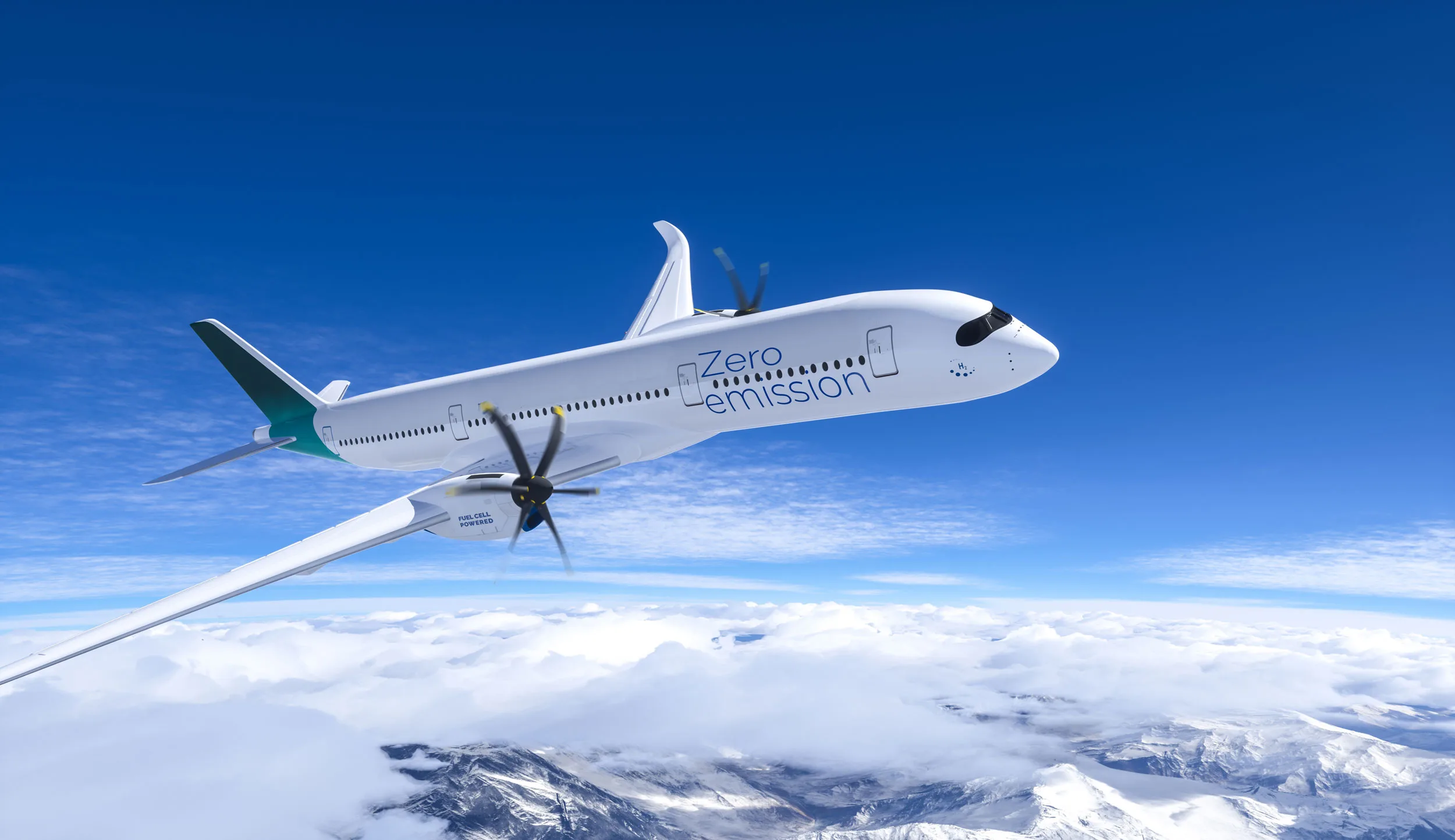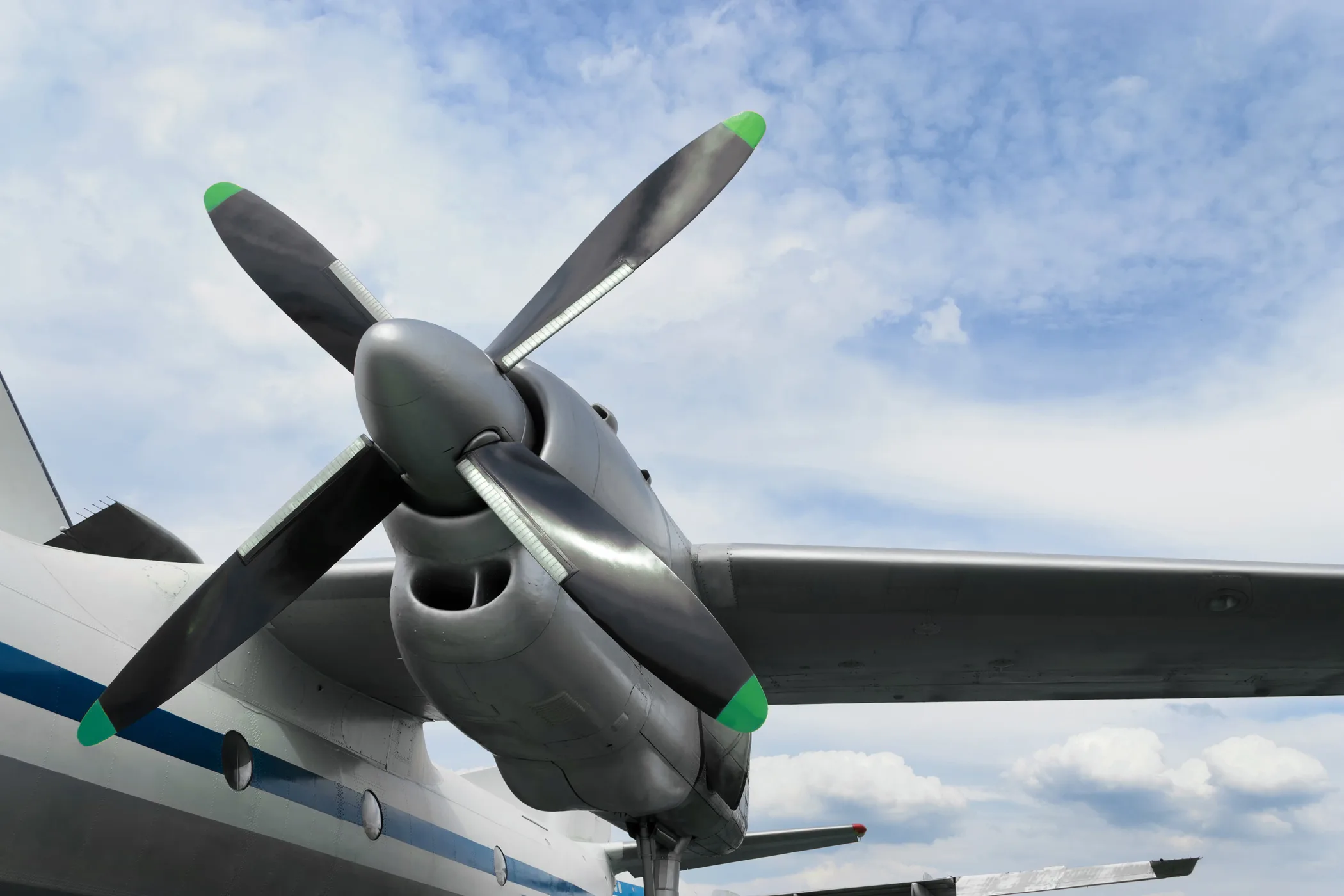
Leading the Charge in Enabling Fuel-Cell-Powered Flights
We Make Aviation Sustainable with HT-PEM Fuel Cells
In 2022, the aviation industry contributed to 2% of global energy-related CO2 emissions, presenting a significant challenge to decarbonization goals. Aviation emissions are increasing at a faster rate than those of other transportation modes. HT-PEM fuel cells stand out as the superior choice for clean power within the aviation industry. Advent Technologies is leading the way in developing the critical technological innovations required to achieve net zero emissions in aviation by 2050.
ADVENT
Advancing Hydrogen-Powered Aircraft with HT-PEM Technology
Our HT-PEM MEAs and fuel cells operate at temperatures between 160°C and over 200°C, effectively addressing one of the most significant challenges in the use of fuel cells in aviation: the thermal management problem. HT-PEM fuel cells not only exceed the US DoE’s target for heat rejection but also offer compatibility with various fuel sources, including liquid hydrogen, dimethyl ether, and reformed sustainable aviation fuel (SAF).
By leveraging our proprietary Ion Pair™ Membrane Electrode Assembly (MEA) technology, we are spearheading the development of fuel cells with the goal of enabling flights of up to 1000 kilometers powered exclusively by fuel cells. Through Advent’s Ion-Pair MEA technology, we are reducing the size and weight of fuel cells, extending their operational lifetimes, and enabling them to function at significantly higher current densities.
ADVENT
HT-PEM Fuel Cells for Extended Range and Efficiency
We are developing HT-PEM fuel cells with power outputs ranging from 1kW to hundreds of kWs, customized to meet the specific needs of drones, air-taxis, eVTOLs, and aircraft auxiliary power systems. These fuel cells will operate in tandem with batteries as a hybrid power source, notably improving the range, overall efficiency, and the capability of drones, air-taxis, and eVTOLs to cover greater distances.
Outstanding Thermal Management
Small and efficient cooling is critical to reduce drag, volume, and weight of the aircraft’s fuel cell power plant. This is possible only with HT PEM.
Eliminates Water Dependency
HT-PEM fuel cells operate without the need for water, making them perfect for aviation by sidestepping water-related challenges and the risk of dehydration in high-altitude environments.

Extended Range and Payload
Compared to battery-powered0 aircraft, HT-PEM technology increases range, payload, and the number of trips on a single charge, thanks to its lightweight design and power efficiency.

Swift Refueling
HT-PEM aircraft can refuel much faster than battery-powered ones, reducing downtime and maximizing productivity.

Versatile Fuel Compatibility
HT-PEM technology is adaptable to a range of hydrogen-containing fuels, including liquid hydrogen, dimethyl ether, and reformed sustainable aviation fuel, eliminating barriers for widespread commercial use.

Wide Operating Range
HT-PEM fuel cells thrive in diverse conditions, from scorching temperatures of up to 55°C to frigid -20°C, making them resilient in various environments.

Enhanced Durability
HT-PEM fuel cells outlast their low-temperature counterparts, offering a longer operational life and simplifying cooling systems.





